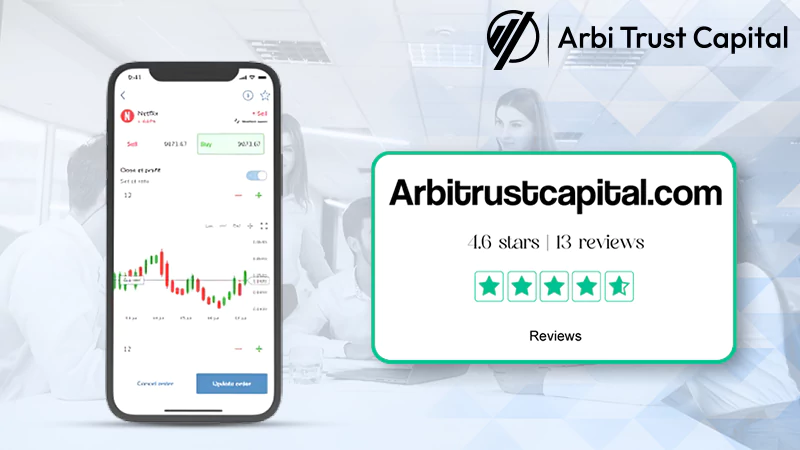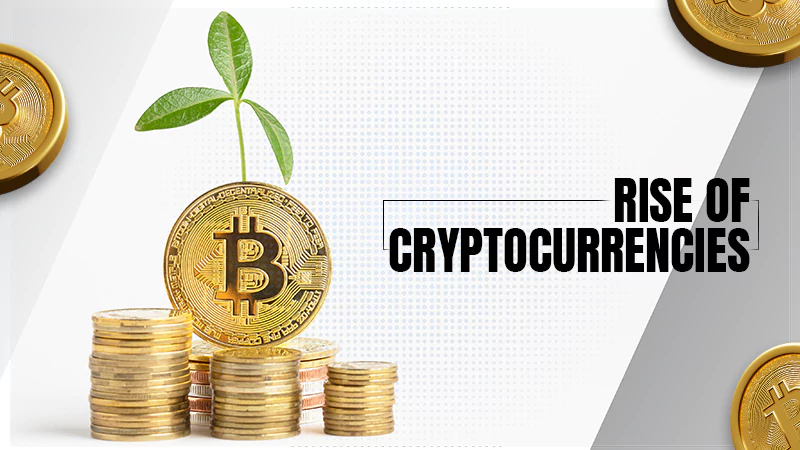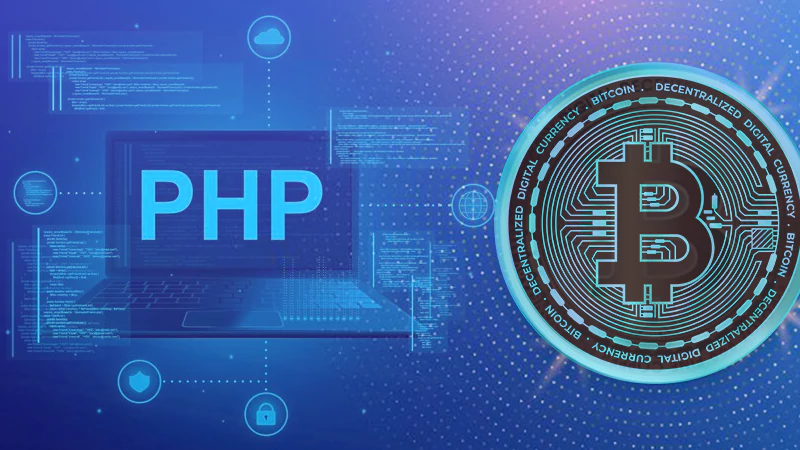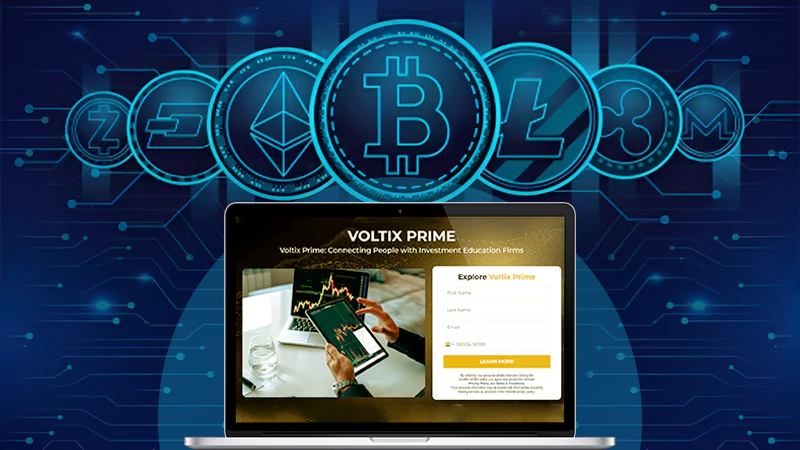Polygon (MATIC) and Its Features
Introduction
You can endlessly watch the flames, listen to the sound of the sea and … speak about the crypto industry. A huge number of crypto topics are discussed by experts, experienced users, beginners, and just curious people. Figuratively speaking, the world constantly keeps abreast of the infinite universe called “Crypto”. Existing and successfully developing ecosystems, such as Bitcoin, and Ethereum. BSC opened a new era of decentralized finance and applications, blockchain technologies, and smart contracts. And along with such monsters of the crypto market, the Polygon software platform, and its tools – polygon json rpc are successfully functioning, which provide support for their work and help in solving various problems and tasks.
Problems and Solutions for Ethereum
So why Polygon is more than just a Layer-2 blockchain? Before we start talking about Polygon, let’s remember one of the main locomotives of crypto innovation – Ethereum. It is Ethereum that we owe the emergence of smart contracts, ICOs, and other crypto-currency components. This innovation seemed to pose little to no problem. However, over time, it became clear that Ethereum is also subject to certain difficulties and negative factors. As you know, Ethereum’s throughput does not exceed 15 transactions per second, which provokes network congestion and leads to higher fees for users who seek to secure a place in these transactions. And since both users and developers work on the same network, the problems of Ethereum become their common problems.
Naturally, experts offer various options for solving existing difficulties. One of them is the use of sidechain technology, which increases the speed of transactions, but has a certain vulnerability. The second is the use of Plasma Chains, which are more secure than side chains, but at the same time more dependent on the main network. Another option to solve the Ethereum scaling problem is the Rollups technology. All these tools used, of course, led to certain results, however, having one or the other shortcomings, they still could not radically affect the problems of the ecosystem.
In 2017, thanks to a group of Indian developers, the crypto world saw Polygon (its first title – MATIC). This platform, which at first was perceived by many users as just another sidechain, was actually aimed at creating an ecosystem of blockchains compatible with Ethereum. Simply put, Polygon is essentially Ethereum, but with faster transactions and cheaper fees. Some experts consider these two ecosystems to be competitors, each aiming to capture a large part of the crypto market. However, it is not. Polygon and Ethereum are not competitors in the sense that the term is perceived, they mutually develop each other.
The Architecture of Polygon
Speaking about the architecture of Polygon, we need to note that 4 levels are available for the blockchain, any of which can be used both as a separate option and in combination with each other. Let’s list these levels.
- Ethereum Layer. Thanks to this level, Polygon is synchronized with the main Ethereum network.
- Security Layer. This level works in parallel with Ethereum and provides additional security through a network of validators.
- Polygon Network Layer. The level corresponding to the basic function that is responsible for executing smart contracts and conducting transactions on Polygon
- Execution Layer or Polygon’s Ethereum Virtual Machine. The level is a system of eco-projects or blockchains developed at Polygon.
As for the need to include one or another level in the user`s products, we clarify that the first two levels are not mandatory for such inclusion, unlike the last two. Both the third and fourth levels for Polygon have the status of mandatory.
And the creators of Polygon have not forgotten the developers of its own L-2 solutions, it provides them with the opportunity to implement their projects using Polygon Edge – the developer environment. And finally, the Layer-2 construction – Polygon Hermes which is on top of Ethereum, solves scalability issues in a key way.
Conclusion
So, we see that thanks to Polygon, the Ethereum ecosystem has grown significantly with new features and improved its functionality. And the main task of our service is to make the working conditions of users as hassle-free and comfortable as possible. Our service has different tools such as an API and free JSON-RPC protocol, as well as an appropriate and workable infrastructure, a simple and understandable control panel, and software with constant automatic updates, and all of these are at the service of project developers. And most importantly – we have the opportunity to meet the needs of developers with different levels of financial capabilities. Our service offers both upgraded products with paid plans and simpler but free versions.
NBA Athletes Embracing Bitcoin: A Look at Their…
ArbiTrustCapital Review Helps Navigate the Trading World with…
Blockchain Brilliance: Unveiling the Future of Financial Freedom
Investing in the Digital Age: The Rise of…
Mastering the Art of Cryptocurrency Conversion with PHP:…
Here’s What to Consider While Opting For a…
What is Online Trading and How to Find…
Navigating the Digital Frontier: The Role of Crypto…
AI in Crypto Trading: The Future of Investing?
Immediate Momentum Review: Leveling Up the Crypto-Trading Game
The Only Bitcoin Trading Guide You Need!












